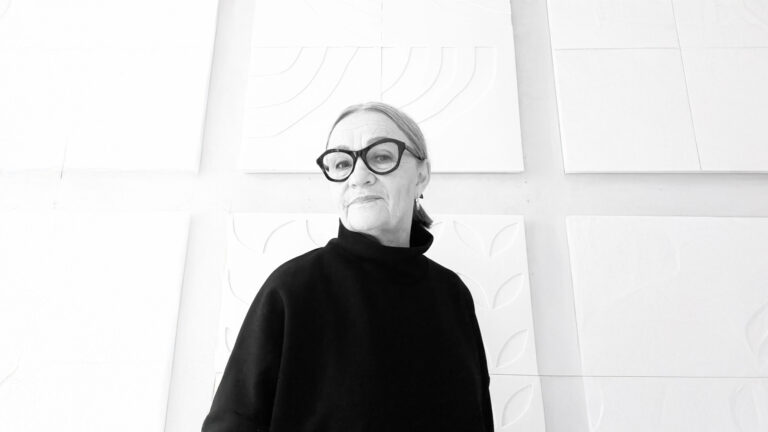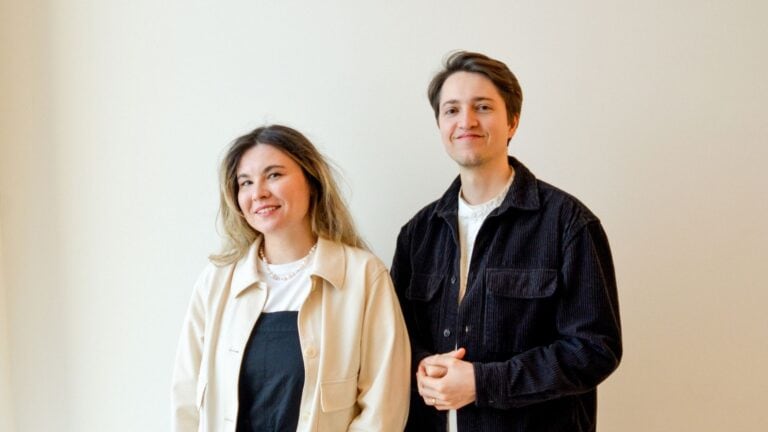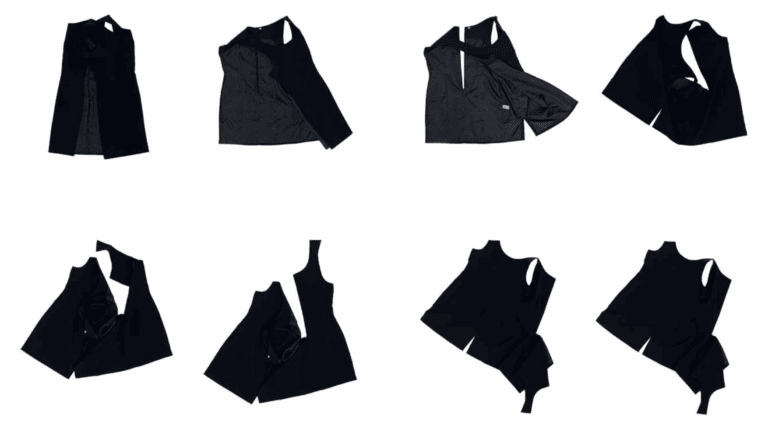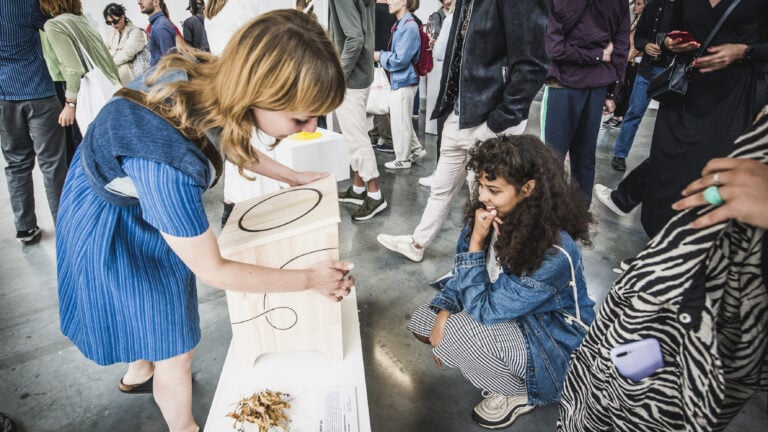In the eXpresssion Design programme, participants develop products together with local manufacturers that eventually go on sale. But for Sara Rylander and Zandra Jungell Högberg, the work has resulted in products with a distinctly artistic feel. What questions and considerations are raised in the borderland between art and product, and is it possible to produce an artistic expression?
Zandra Jungell Högberg and Sara Rylander are both participants in eXpression Design. They are also artists.
Zandra is a photographer and visual artist who, after experimenting with the programme, has landed on an image sculpture of layered acrylic glass - with the disc at the back shining through the others, creating a 3D effect of the motif Night (an earlier work by Zandra).
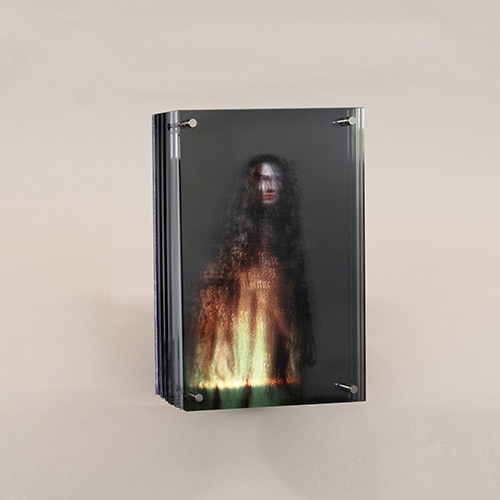
Sara has a background in handicrafts. With a great and far-reaching interest in butterflies and insects, she has returned in the programme, and re-explored these insects artistically, through the craft technique of hand tufting. In her project, she has produced the caterpillar mat Turbulent Phosphila.
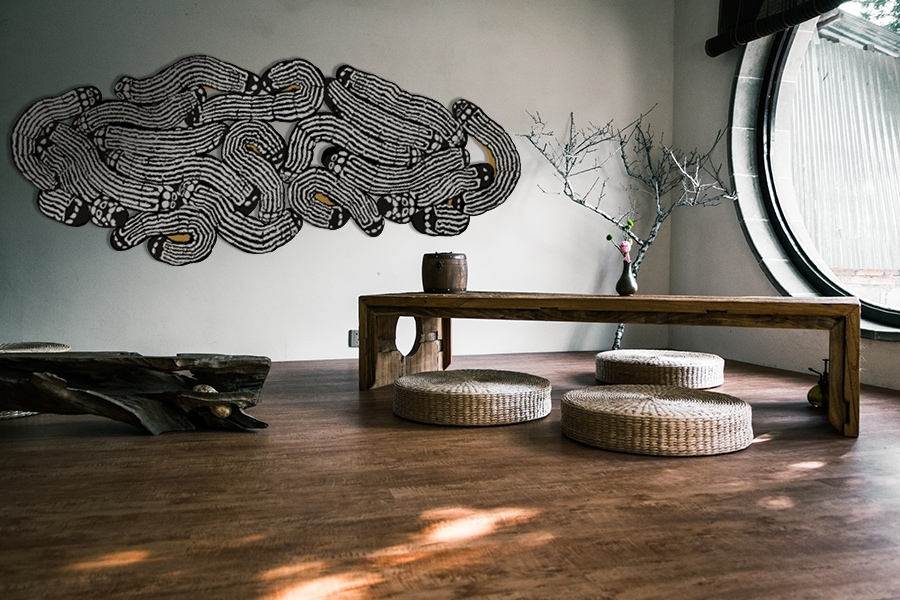
The difference between art and product
What they have in common is the challenge of translating the artistic process into a business context. A work of art and a product have their differences - at least that's what both Zandra and Sara believe.
- Of course, a product can be beautiful to look at, but it's something else that's at the heart of it. I think it's a function. In an artistic work, on the other hand, the expression and the feeling that the artist wants to convey is the focus. It can be something more than a feeling, such as an opinion, or as in Sara's case, stories. You lift the lid and then it's open to interpretation,' says Zandra.
Sara takes over and thinks along the same lines.
- A product satisfies some kind of concrete need while an artistic design is not as clear. Or it's on a different level, possibly satisfying an emotional need. As an artist, I want to question and challenge through my work," says Sara and continues.
- I think there is a difference between reproducing for a different artistic context and commercial mass production. They are two completely different things.
- I also think that you can keep some kind of limit, filling Zandra i. If they are too large, they lose value, but there may be smaller editions of something and then other more exclusive works.
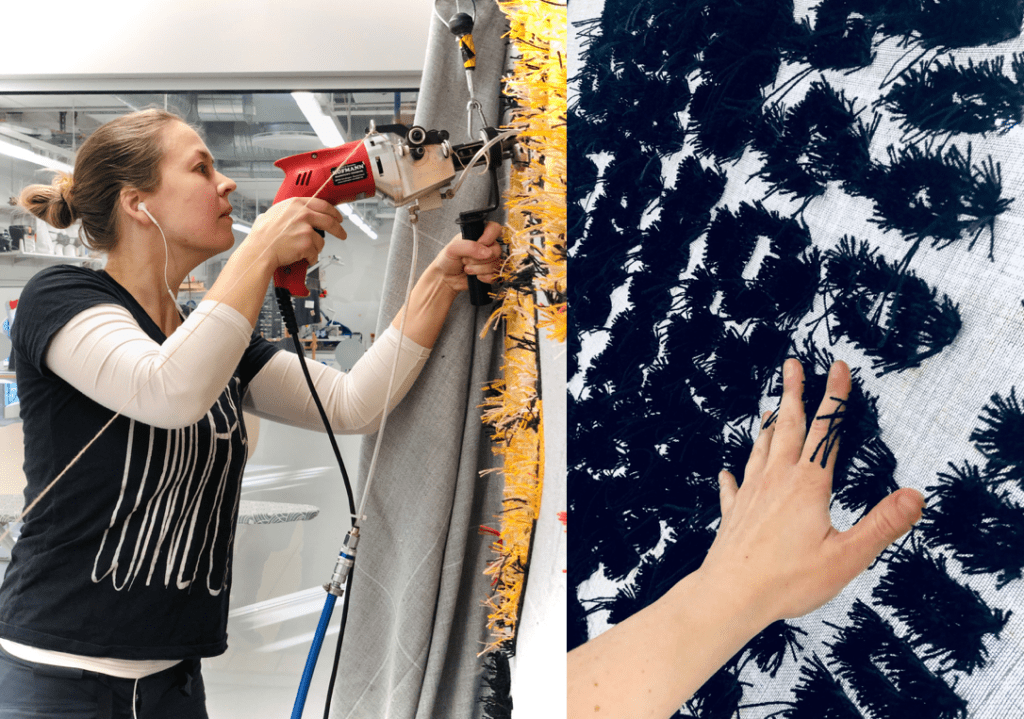
Where exactly such a line is drawn is difficult to determine, according to both Sara and Zandra. During the course of the programme, their own processes have encountered some challenges of a similar nature - that is, standing in the grey area between art and product.
- My idea was to create a product in the beginning but in the end it's more like a work of art. I think it's because that's how I'm used to working. It comes from within and it's hard to stop yourself," says Zandra.
Sara fill in.
- I feel a lot of what Zandra tells me. The biggest challenge for me has been to find a suitable material and technique that can be transferred to product thinking. To get down in price you need to find a rational way to go.
- Yes, that's what's so difficult but equally instructive and interesting. I'm used to not having to think that there needs to be a commercial sustainability in what you create. I went on as usual and then I realised that this would be too expensive. Zandra.
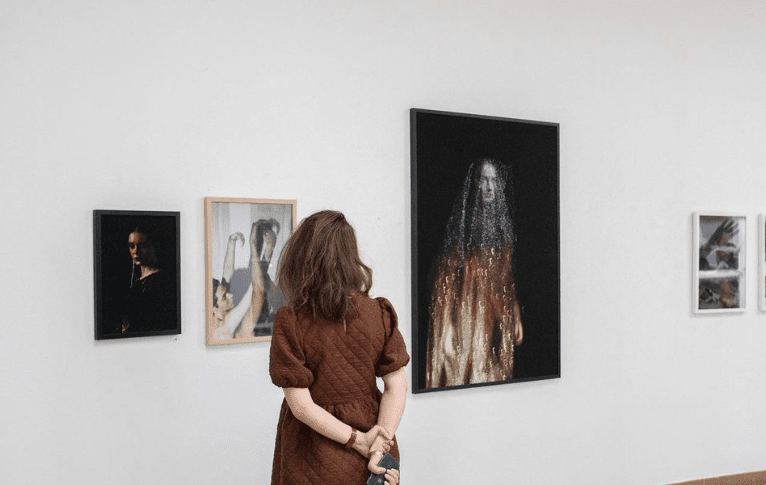
A useful and instructive process for the future
It is far from certain that everything can or should be commercialised. Art needs to be allowed to be art and in that to be free. But the exploration of the borderland where art and product intertwine continues to interest both artists.
According to Zandra and Sara, the process of eXpression Design has been both fun and useful.
- I think it's been exciting to be part of the programme," says Sara Rylander. Not least to network and get to know more creators. As a creative person, I dream of scaling my business. What that is has been unclear to me. But through eXpression Umeå, I have had the opportunity to test my wings as a designer in combination with my artistic work. I have a lot to think about.
- It has been incredibly instructive. I didn't realise all the steps required to get through the process. Then I have to agree with Sara. Meeting other creatives was a contributing factor to why I applied to the program. That part has also meant a lot. I'm glad for all the new contacts," concludes Zandra Jungell Högberg.
Cover photo: Johan Gunseus and Elin Nerpin.
" eXpression Design 20/21: Get all the products, reports and information here


